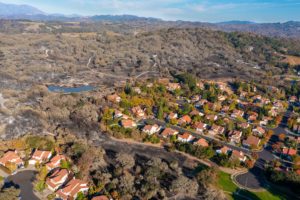The benefits of walkable, infill communities are many—more affordable and convenient places to live and ways to get around, greenhouse gas reduction, and improved community health to name a few.
To achieve the goal of more infill homes, however, a city’s costs and revenues need to match up. Without new revenue sources, cities cannot accommodate California’s growing population, leading to sprawl.
Strategies for Fiscally Sustainable Infill Housing, a report by the Center for Community Innovation with Greenbelt Alliance, describes ways California cities can raise additional revenue from housing development.



